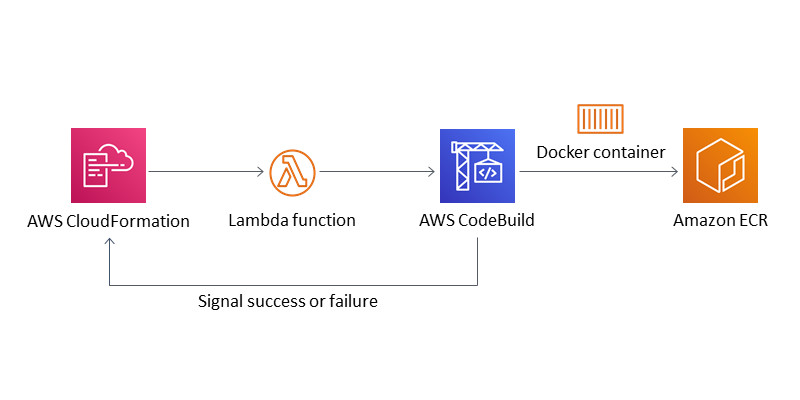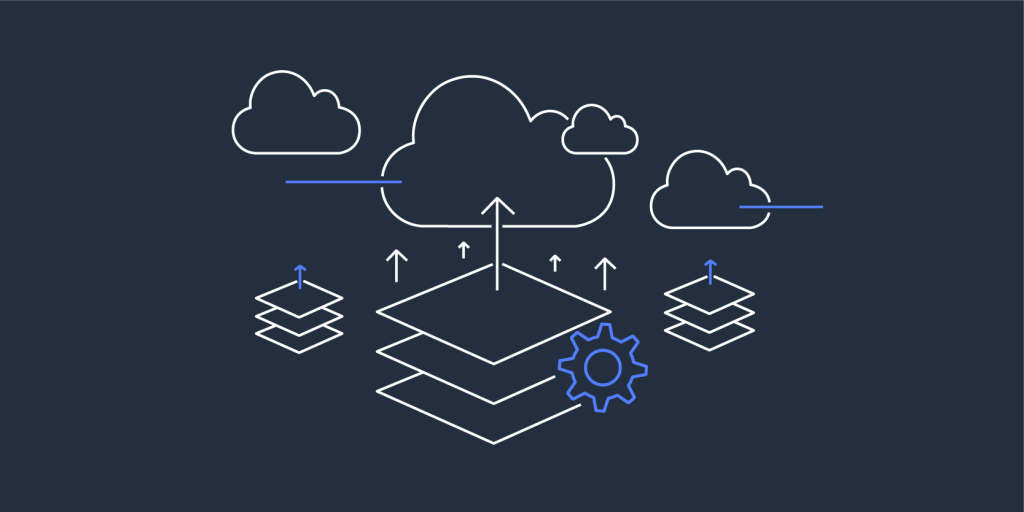Integration & Automation
Category: AWS Lambda
Automate VPC tagging with AWS Control Tower lifecycle events
Automatically tag resources in an AWS account created by AWS Control Tower.
Use AWS CDK to initialize Amazon RDS instances
Combine IaC resources and Lambda functions with the AWS CDK framework to initialize Amazon RDS scripts.
How to automate your software-composition analysis on AWS
In this blog post, we discuss an operation that reduces the risk of downloading new packages from public repositories.
How to automatically subscribe to Amazon CloudWatch Logs groups
Automatically discover new log groups and add them as triggers to your existing Lambda functions.
Automate IAM credential reports at scale across AWS
Automate and consolidate IAM credential reports for your AWS accounts using a scalable infrastructure-as-code automation.
Manage Amazon S3 Event Notifications using a Lambda function
Learn how to use an AWS Lambda function and custom AWS CloudFormation resources to manage your shared S3 Event Notifications.
Recap: Five ways custom resources help your automated deployments
In this quick recap, I feature five blog posts that show how you can use custom resources to extend AWS CloudFormation templates, from start to stack cleanup, when you’re building automated deployments.
Speed up instance bootstrapping by using dynamically created images
Learn how to build an AMI from an Amazon EC2 instance at CloudFormation launch time, and then use the AMI for fast bootstrapping of the Auto Scaling group instances.
Using a long-lived compute resource as a custom resource in AWS CloudFormation
Learn how to extend AWS CloudFormation by using AWS CodeBuild as a long-lived compute environment. This example is based on the AWX Quick Start.
AWS CloudFormation custom resource creation with Python, AWS Lambda, and crhelper
Learn how to create robust AWS CloudFormation custom resources by using the custom resource helper (crhelper) and AWS Lambda.









